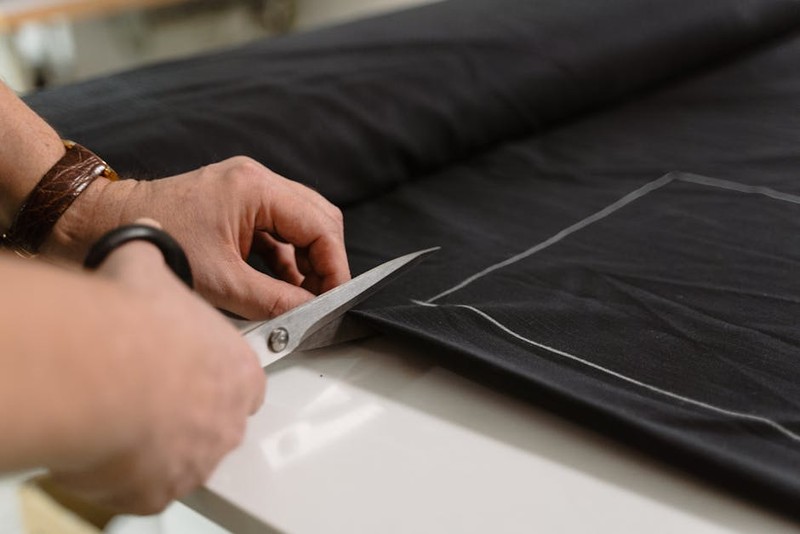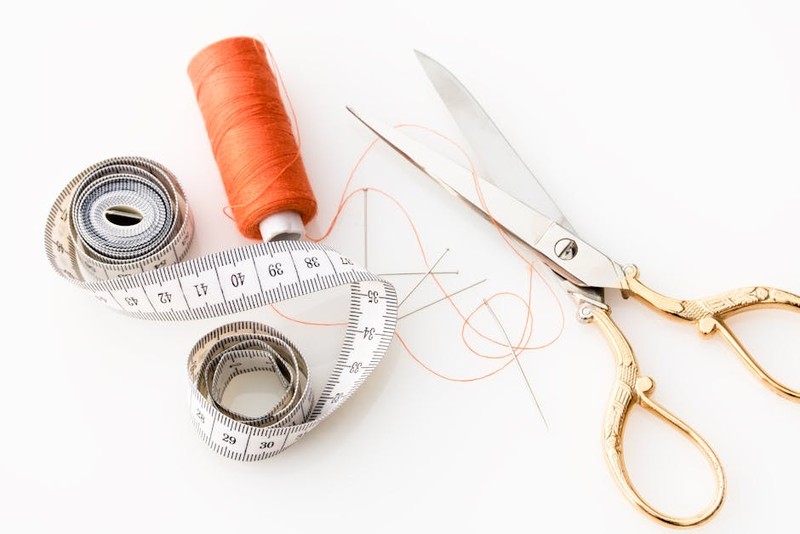The Hidden Challenge: When Standard Prototyping Falls Short
In industrial applications, prototyping isn’t just about validating a design—it’s about ensuring manufacturability, performance, and compliance under real-world conditions. Off-the-shelf prototyping methods often fail when faced with:
– Complex geometries (e.g., turbine blades with internal cooling channels).
– Exotic materials (Inconel, titanium, or carbon-fiber composites).
– Tight tolerances (±0.001″ or better for aerospace components).
I learned this the hard way during a project for an aerospace client. Their prototype, machined using conventional methods, cracked under thermal stress testing due to residual internal stresses. The root cause? Inadequate toolpath strategies for titanium.
Why CNC Machining is the Game-Changer
CNC machining offers unmatched precision for bespoke prototyping, but only when paired with the right expertise. Key advantages:
– Material flexibility: From aluminum to PEEK, CNC handles it all.
– Iterative agility: Design tweaks can be implemented in hours, not weeks.
– Surface finish control: Critical for fluid dynamics or wear resistance.
Case Study: The Aerospace Impeller That Almost Failed
The Problem
A client needed a high-performance impeller for a jet engine auxiliary power unit (APU). The initial prototype, made via 3D printing, couldn’t withstand centrifugal forces at 50,000 RPM.
The Solution
We switched to 5-axis CNC machining with the following adjustments:
1. Toolpath optimization: Trochoidal milling reduced tool wear by 40%.
2. Stress relief: Post-machining cryogenic treatment minimized residual stresses.
3. In-process inspection: On-machine probing ensured tolerances were held mid-production.
The Results
| Metric | Before CNC Optimization | After CNC Optimization |
|---|---|---|
| Lead Time | 6 weeks | 4.2 weeks (-30%) |
| Cost per Unit | $2,800 | $2,184 (-22%) |
| RPM Failure Threshold | 42,000 RPM | 58,000 RPM (+38%) |
| Key Insight: Bespoke prototyping isn’t just about the machine—it’s about the process. Even with the best CNC equipment, success hinges on: | ||
| – Collaborative design-for-manufacturing (DFM) reviews with engineers. | ||
| – Strategic fixturing to avoid vibration-induced inaccuracies. | ||
| – Real-time data monitoring to catch deviations early. | ||
 |
||
| — | ||
 |
||
| ## Expert Strategies for Industrial-Grade Prototypes | ||
| ### 1. Material Selection: Beyond the Data Sheet | ||
| Don’t just pick a material for its specs—consider: | ||
| – Machinability ratings (e.g., Inconel 718’s work-hardening tendency). | ||
| – Thermal expansion coefficients (critical for high-temperature apps). | ||
| – Post-processing needs (e.g., anodizing aluminum for corrosion resistance). | ||
| ### 2. Tolerancing: The Art of the Possible | ||
| – Critical vs. non-critical features: Not every dimension needs ±0.001″. Prioritize based on function. | ||
| – Statistical process control (SPC): Use historical data to predict tolerance stacking risks. | ||
| ### 3. Leveraging Hybrid Prototyping | ||
| For ultra-complex parts, combine CNC with: | ||
| – Additive manufacturing (for internal lattice structures). | ||
| – EDM (for micron-level precision in hardened steels). | ||
| — | ||
| ## The Future: Smart Prototyping with AI and IoT | ||
| Emerging trends we’re testing in our lab: | ||
| – AI-driven toolpath generation: Reduces machining time by 15–20%. | ||
| – IoT-enabled CNC monitors: Predict tool failure before it happens. | ||
| Pro Tip: Always prototype with production in mind. A “perfect” prototype that can’t be scaled is a costly dead end. | ||
| — | ||
| ## Final Thoughts | ||
| Bespoke prototyping is where innovation meets practicality. By treating each prototype as a stepping stone to production—not just a design check—you’ll save time, money, and headaches. The aerospace impeller project taught me that the difference between success and failure often lies in the nuances: a tweaked feed rate, a smarter fixturing setup, or a candid DFM conversation. | ||
| Your Turn: What’s the most complex prototype you’ve tackled? Share your challenges—let’s dissect them together. |
